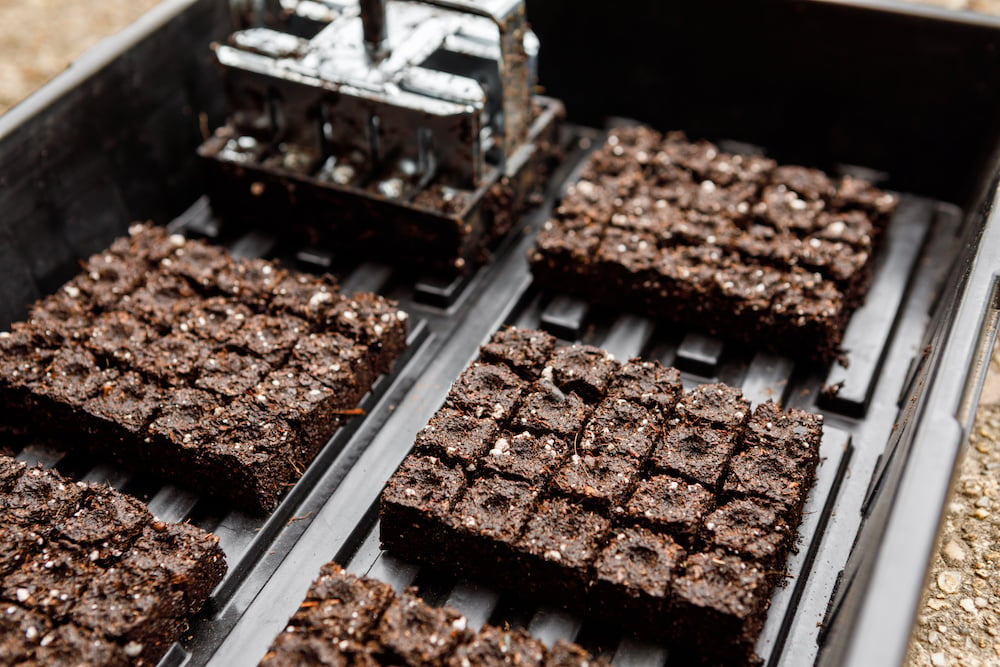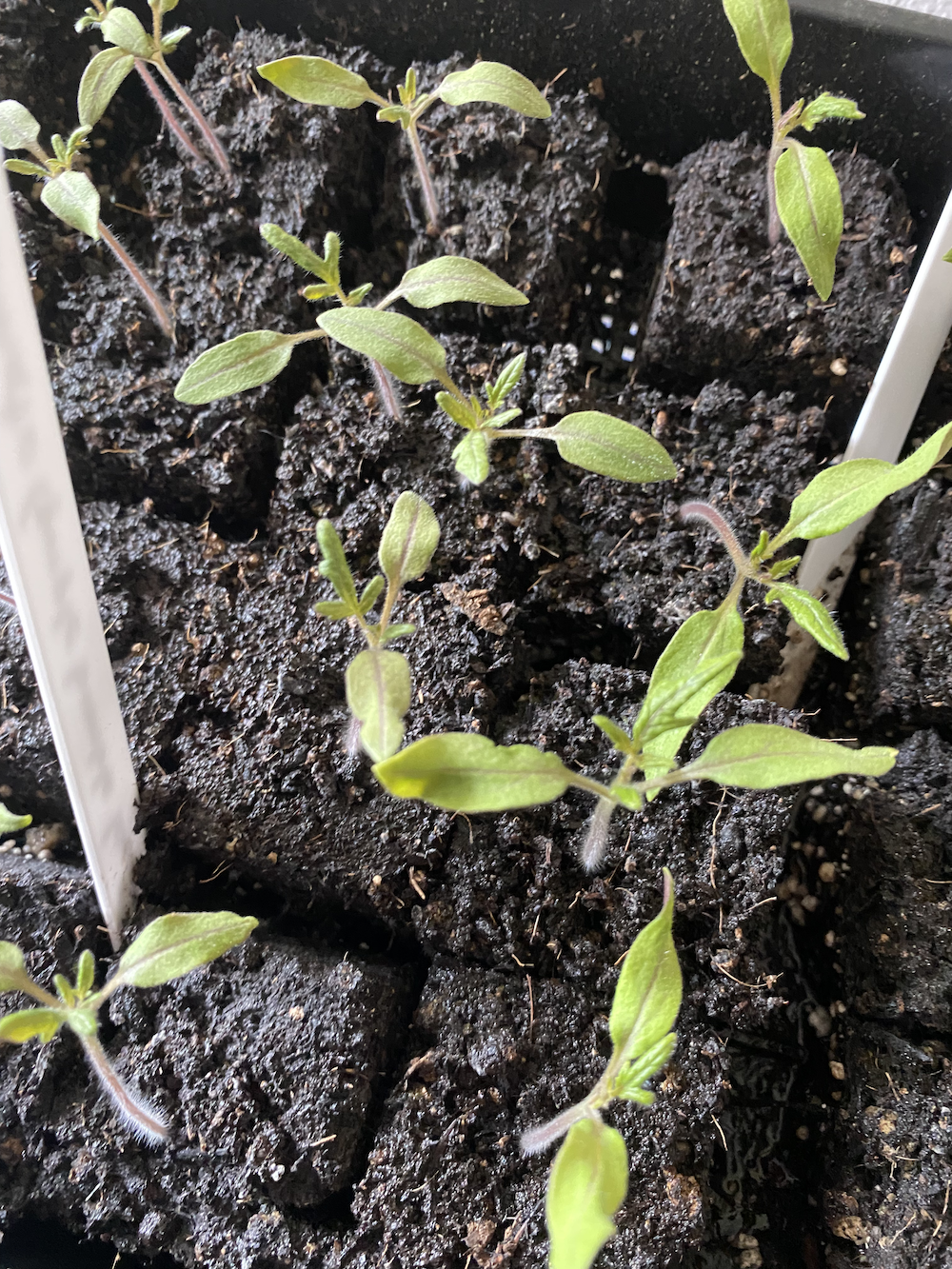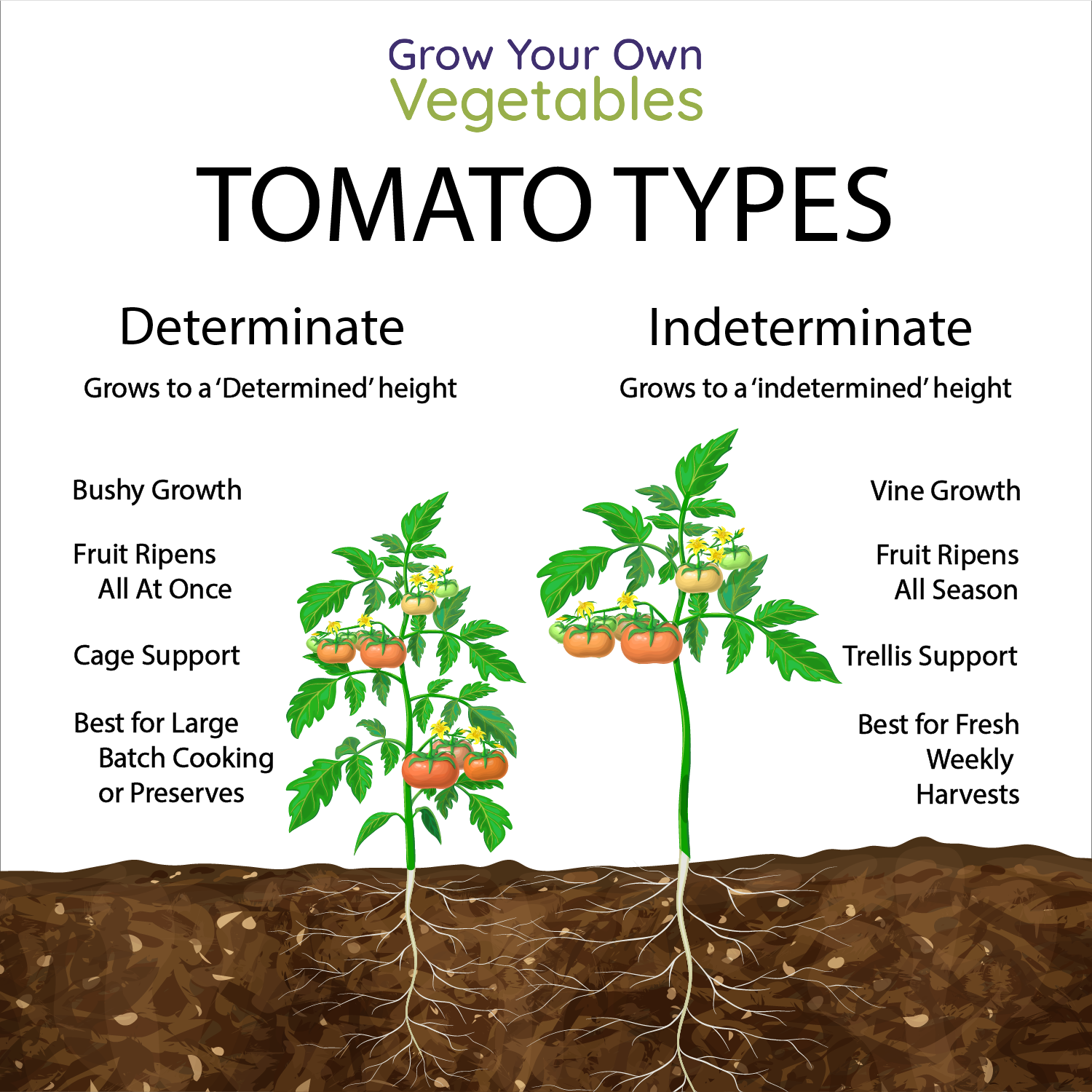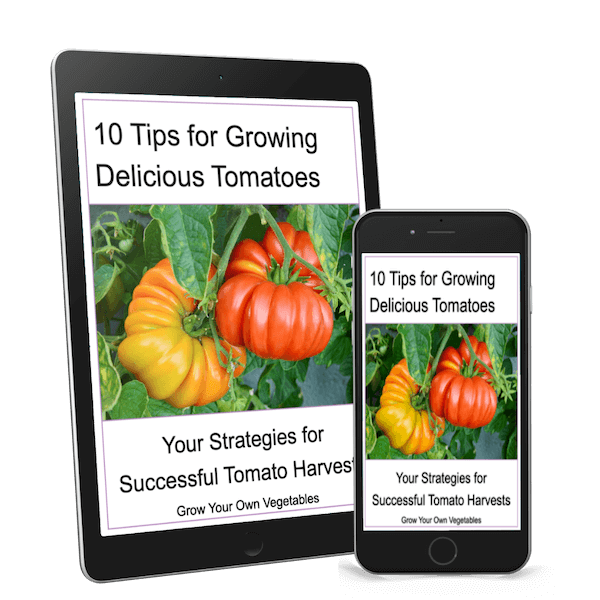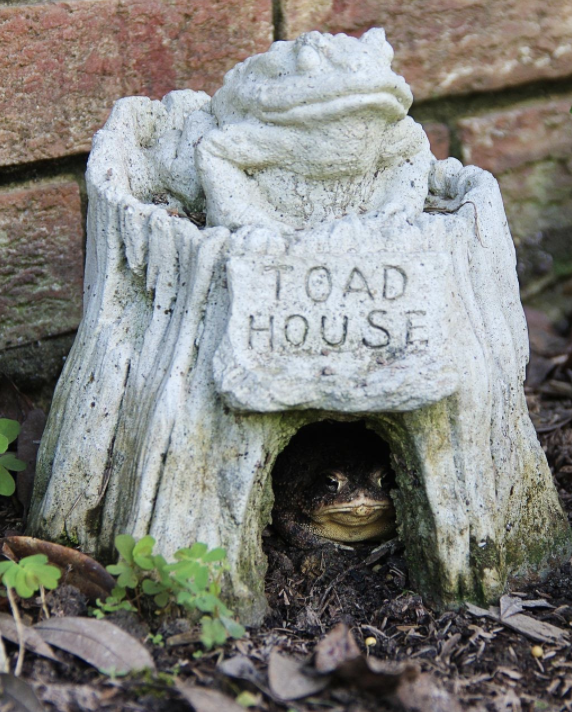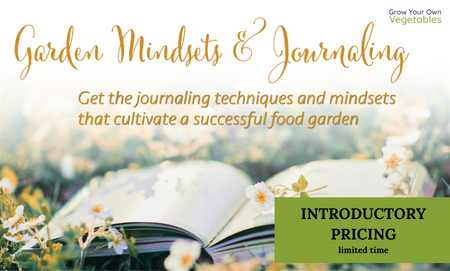Gardening Moms Get Kids to Love Eating Vegetables
One mother and student in our garden membership, Harvest Club, shared a story with us. It’s one that holds a clear message of why growing your own food is just, well… superior.
As a mother and wife she struggled to get her kids and partner interested in vegetables. They simply didn’t like them. And she wouldn’t be the first. Parents all over the globe struggle to get their kids to eat fresh food. It’s so common that kids don’t want to eat fresh vegetables and fruits. And really, who can blame them?
The moment a food is picked from the earth it’s connected to, it begins to die. It starts to lose nutrients and begins to decompose. That means that by the time it travels who knows how far and sits in storage and on shelves for who knows how long, it has lost so much vitality and flavor, no wonder kids don’t like it!
But when this mother started growing her own, the kids and her partner began eating vegetables in just a single growing season! It seemed like a miracle!

Really, it’s the power of fresh, nutrient-dense food. And it’s the power of variety. Large farm producers choose plant varieties most often by how much it can produce and traits like how long it can live on the shelf. Some even choose variety based on how uniformly it will grow in the field. But large scale growers aren’t choosing their varieties based on nutrition.
Garlic is a great example of this: Hardneck garlic doesn’t store nearly as long as softneck. So most of the garlic you see in the store is softneck. But hardnecks have more allicin in it. If you’ve never heard of allicin before, it’s the principal bioactive compound present in garlic and is in study for a variety of health benefits.
Back to the story of mom … all was going well during the growing season for mom until one unfortunate week, she ran out of fresh greens. She decided to pick some up from the store. When the daughter began eating the greens at dinner that evening, her mouth twisted.
“Ewww! These taste really bad!” her daughter exclaimed, removing them from her mouth.
The mother felt she had spoiled her family and worried that her daughter may never be able to eat greens from the store ever again!
Our first thought? That’s wonderful! Because homegrown food simply tastes better. And science is now discovering that there is a link between flavor and nutrients. So the more flavor your food has, the more nutrients it contains.
And this isn’t just important for us. By growing a variety at home, we are sharing that nutrient density with our loved ones and preserving the best varieties, for our children and future generations to come.

Mom’s goal when she joined Harvest Club was to grow a garden and get her family to eat fresh greens. Mom, you nailed it! Thank you so much for sharing your story and for being a fresh food revolutionary! And a huge thank you to all the mothers out there growing fresh, homegrown, nutrient-dense food.
Have a story about your kids eating fresh?
Share below!


